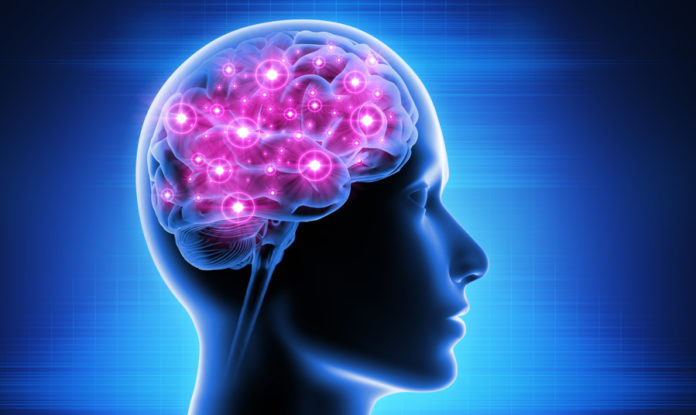Scientists in North Carolina have been looking at the neuronal activity of the brain in people fighting to overcome addiction to drugs and alcohol by using a new machine to record brain patterns.
In a development that demonstrates the interrelation possibilities between neuroscience with electric engineering, researchers have invented a new technology that allows neuroscientists to record brain patterns within addiction 10 times more effectively than previously possible.
This discovery helps us to better understand how neurons behave in the brain when you are craving a substance.
The study was jointly conducted between the University of North Carolina – Chapel Hill and North Carolina State University and has led to the development of a new technology that will allow neuroscientists to capture and better understand the complex workings of neuronal activities in the brain to help us understand the cravings of people addicted to different substances this in turn will help us break neurological patterns and help people stay off the substance that the brain is craving.
“The nervous system is intricately wired and controls all our thought and activities. To get a better understanding on how this complex structure works, scientists are exploring an increasing variety of sophisticated machines and devices that let them gain better insight into what’s actually going on.” – SupplementReviewsAU.com
Neuroscientists have occasionally had to invent entirely new tools to advance their work, which is how an electrical engineering researcher ended up collaborating with a group of scientists to co-author a Nature Biotechnology paper.

A team of UNC- Chapel Hill researchers comprising of Ikuko Smith, Spencer Smith and Jeff Stirman were studying a mass of neuronal activity connected to how mice process visual information. Put in another way, they wanted to closely monitor activity in neurons across multiple fields simultaneously.
To achieve this goal, the researchers used a microscope fitted with two photons that could capture fluorescence, which is used to identify which neurons sparkled more when active.
However, there was a slight problem: the regular two photon-fitted microscopes could only provide accurate result for an approximate area of one square millimetre of brain tissue at a single time, making it difficult to analyse neuronal activity in several areas at the same time.
That was the point where Michael Kudenov, an NC State assistant professor of electrical and computer engineering, interfered and applied his expertise in remote imaging.
Kudenov’s study focused on developing new tools and sensors to increase the functionality of technologies used in different areas of scientific work, from biomedical image capturing to researches in the field of agriculture. Kudenov was contacted by the UNC team of researchers to develop a couple of new lenses to fit to the microscope.
Stirman then further improved the designs and integrated them into a better two-photon image capturing system that let the researchers analyse a larger section of the brain.
Instead of being limited to examining image areas covering only one square millimetre of the brain, the team could now record images of brain activity spanning more than 9.5 square millimetres.
With this advanced technology, researchers can now scan different regions of the brain at the same time.
As the scientific study team notes in its Nature Biotechnology paper, the work attempts to solve a major hurdle on advances in two-photon scanning of neuronal activity in the brain and help us solve the neurological issue of addictive personalities and addiction as a whole.

Article Submitted on behalf of drugrehab-worcestershire.uk and alcoholrehab-worcestershire.uk









